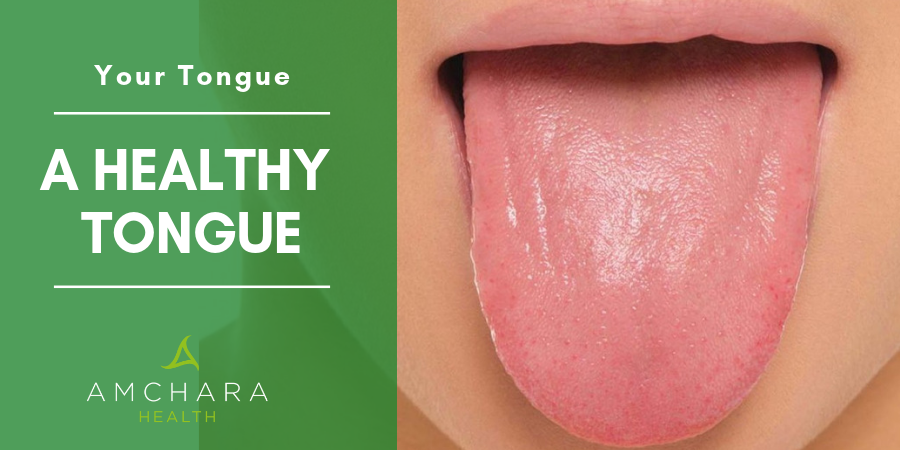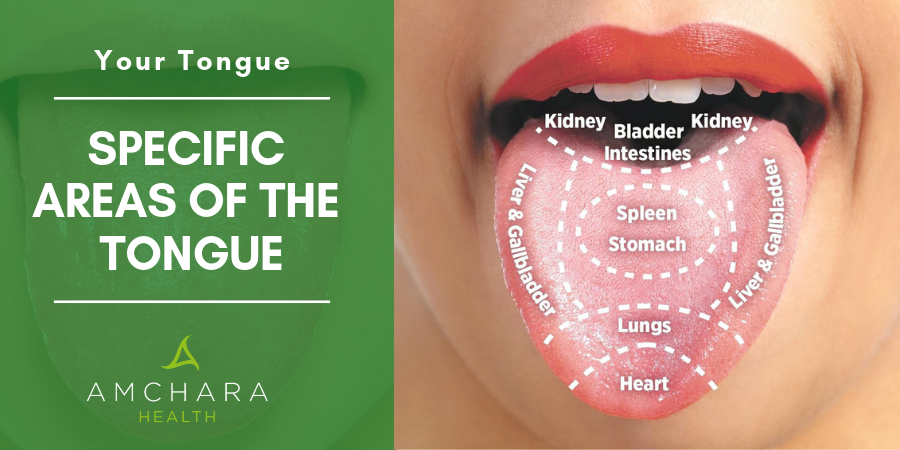Western & Traditional Chinese Medicine Perspectives
You may or may not know, but you are able to see signs of health issues by the way that you tongue looks, according to traditional Chinese medicine.
Diagnosis by looking at the tongue is a vital part of medical diagnosis in Chinese medicine and when the subject is being examined, the doctor will look at the shape of the tongue, coating and colouring.
They will also check specific areas of the tongue which are believed to be associated with different parts of the body and illnesses.
Particular regions of the tongue indicate the state of health of various system and organs within the body.
Diagnosis of an illness by the tongue can also be used to confirm whether a diagnosis by any other means is correct or likely.
The tongue diagnosis is not used alone to detect an illness or health issue, it is simply used as part of the overall diagnosis process.
Here we share some of the guidelines that Chinese doctors use to determine health problems via the tongue.

A normal tongue looks like…
Ready to take a look at your tongue to see what’s going on?
Go ahead, open wide and let your entire tongue hang out; look in the mirror.
See if your tongue is puffy or thin; if it’s reddish, purplish, pinkish; if there are deep cracks, small cracks, or no cracks at all?
See if there is a coating on your tongue, a white coating or a yellow coating?
Try to scrape off the coating; does it go away or stay in place?
All of this means something…
Tongue Colouring
A healthy tongue should be a light red colour and in Chinese medicine it reflects the strength of the subject’s qi, or vital energy.
But the colouring can also indicate the person’s organ health and circulation.
Tongue body colour signs are as follows:
- Purple – This can be a sign of blood clotting and stagnant blood. Also red spots indicate the same problem.
- Pale – excess cold, especially if the tongue also has a thick white coating. It also indicates spleen qi deficient (Chinese medicine illness pattern) and shows signs of blood problems, especially when the face and lips are also dull and pale.
- Bright red – excess heat especially with a yellow coating. Also signals yin deficiency (an illness pattern in Chinese medicine), especially when the tongue and coating are thin or the tongue is peeling.
- Coated or white tongue –A coated or white tongue occurs when the surface is colonised by bacteria or fungi, and dead cells become trapped between the small nodules on the tongue.
Common causes of white plaques on the tongue
- Leukoplakia
- Oral lichen planus
- Oral thrush
- Syphilis
Shape of the Tongue
Normally the tongue should be of medium thickness with a smooth surface and no cracks.
Usually, tongue shape changes indicates blood problems, qi problems or problems involving body fluid.
- A puffed up or swollen tongue shows signs of spleen qi deficiency and damp heat.
- A thin tongue means blood or fluid deficiency.
- A quivering tongue means spleen qi deficiency.
- A tongue that has become longer shows signs of heart problems.
- Curled sides means problems with liver, especially if the sides are red or have swelled up.
- A tongue with cracks can mean yin deficiency and heart problems.
Tongue Coating
Usually a healthy tongue will have little or no tongue coating.
Coatings on the tongue can indicate problems with digestion and colds.
- A thick coating often means stomach problems.
- A coating that is yellow, shiny and thick usually means internal damp heat. This relates to digestion problems.
- A dry yellowy tongue means excess heat which usually relates to inflammation and fever.
- No coating or tongue peeling means yin deficiency indicating an array of illnesses and kidney or liver problems.
Specific Areas of the Tongue
The tongue can be split into different areas in Chinese medicine to determine where there may be heath issues (see image).
Each part of the tongue is said to be connected to different parts of your body. It is important to note however that not all illnesses show signs on the tongue – it just gives a basic indication that there may be poor health or illness in certain areas.
Tongue Diagnosis in Traditional Chinese Medicine
Here are some key points to keep in mind if you’re thinking of undergoing a tongue diagnosis.
- Some disorders don’t show up on the tongue. It should also be noted that practitioners do not rely on tongue diagnosis alone in evaluating a patient’s health.
- In most cases, the tongue is examined for no longer than 15 seconds at a time. Extending the tongue for longer may cause changes in tongue shape and color (two crucial elements of tongue diagnosis).
- Before receiving a tongue diagnosis, you should avoid food and beverages that might discolor your tongue (including coffee, beets, and foods made with artificial food coloring). Consumption of vitamin C may also affect your tongue coloring.
- If you use a tongue brush as part of your oral hygiene routine, discontinue use of the brush for at least a full day prior to your tongue diagnosis.
- If you have any symptoms or health issues that are concerning you, it’s important to see your primary care provider. Avoiding or delaying standard care can have serious consequences.
Home care for tongue problems
You can prevent or relieve some tongue problems by practicing good dental hygiene.
Brush and floss regularly, and see your dentist for routine checkups and cleanings.
Remedy for canker sores or sores due to mouth injury
If you have a canker sore or a sore that occurs due to a mouth injury, you should do the following:
- Avoid hot and spicy foods.
- Try to drink only cold beverages and eat only bland, soft foods until the sore has healed.
- You may also try OTC oral pain treatments.
- You can rinse your mouth with warm saltwater or a mixture of warm water and baking soda.
- You can ice the sore.
Call your doctor if you don’t see any improvement in the next two to three weeks.
Helpful Resources:






